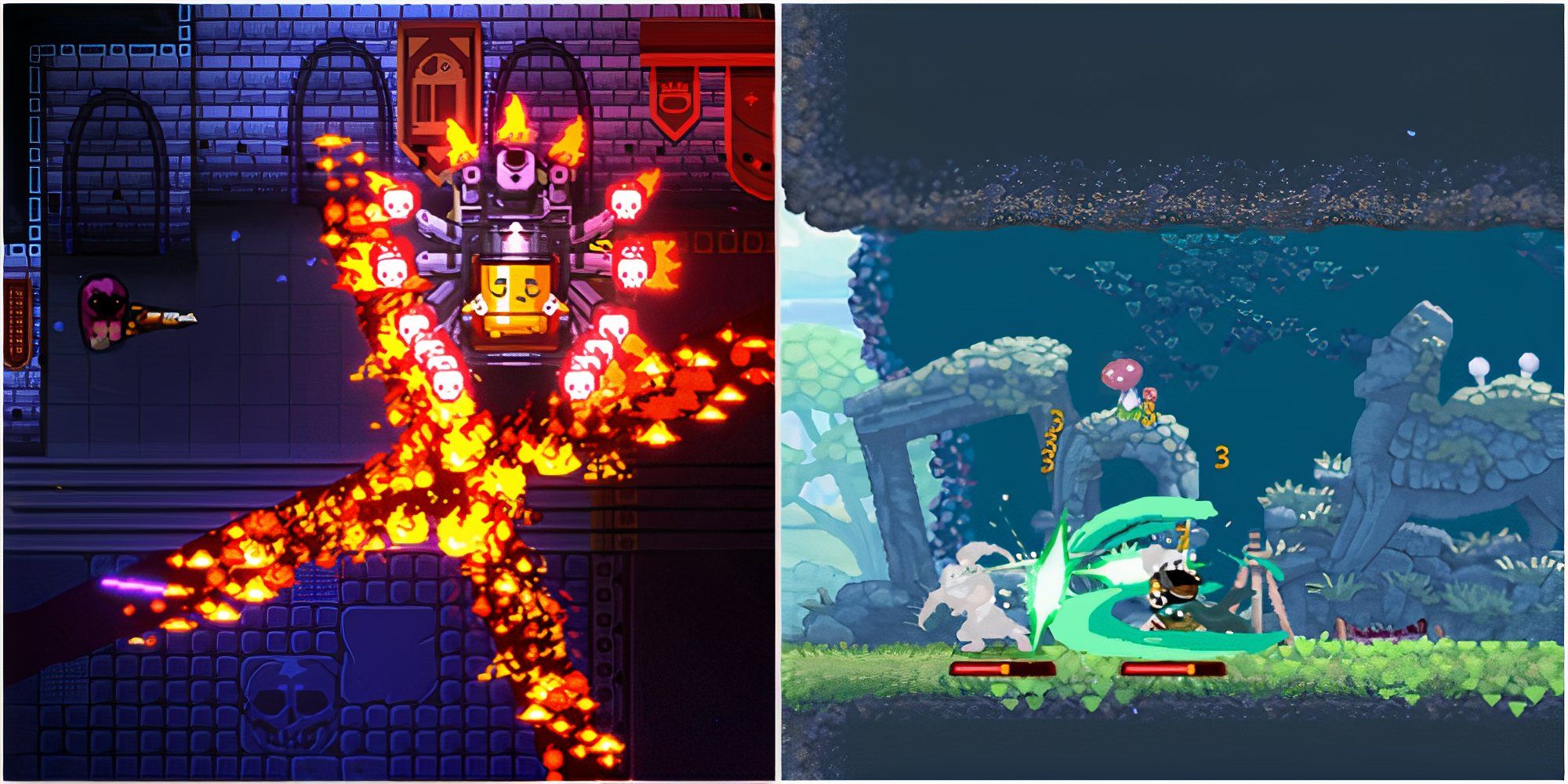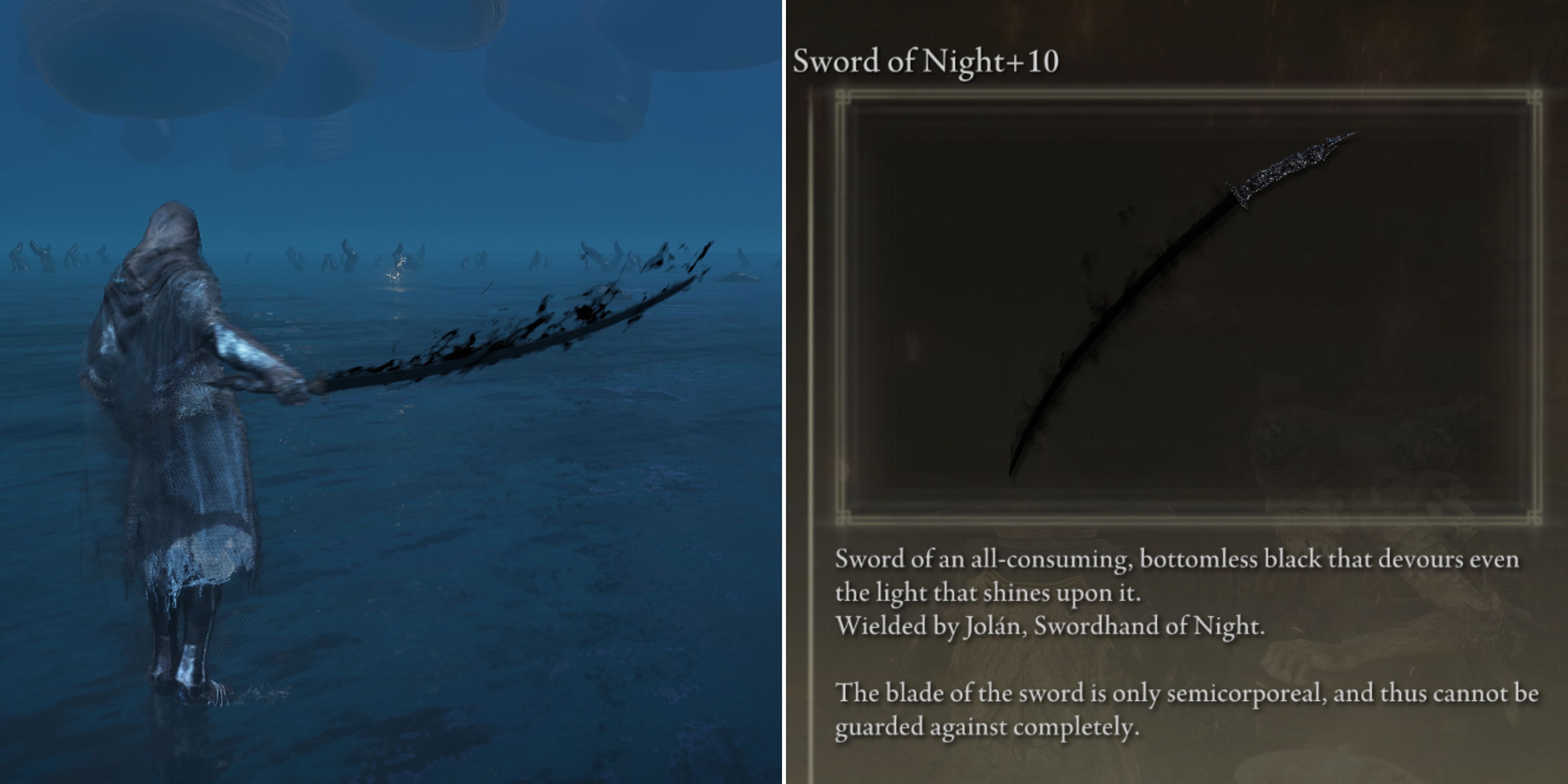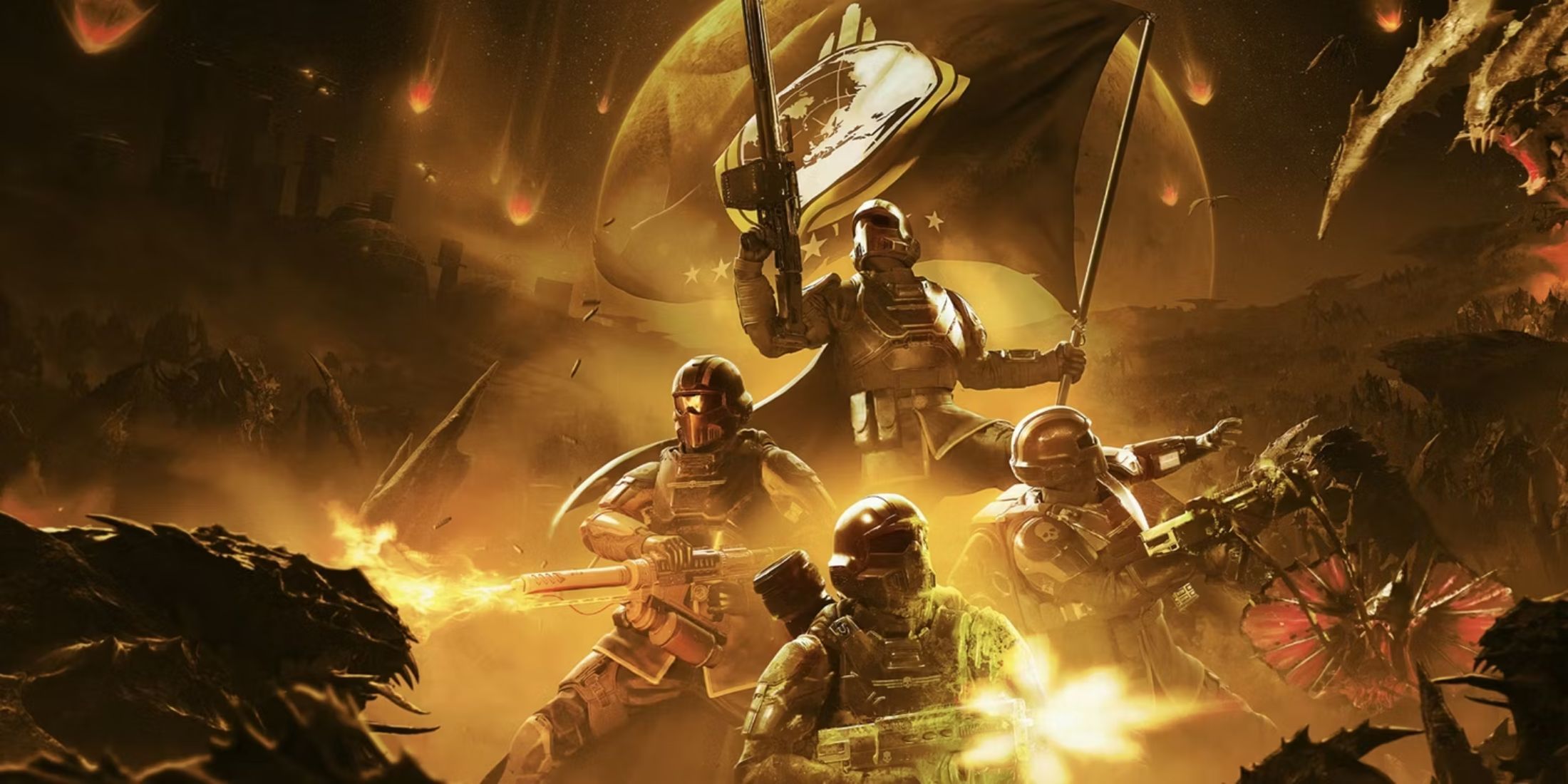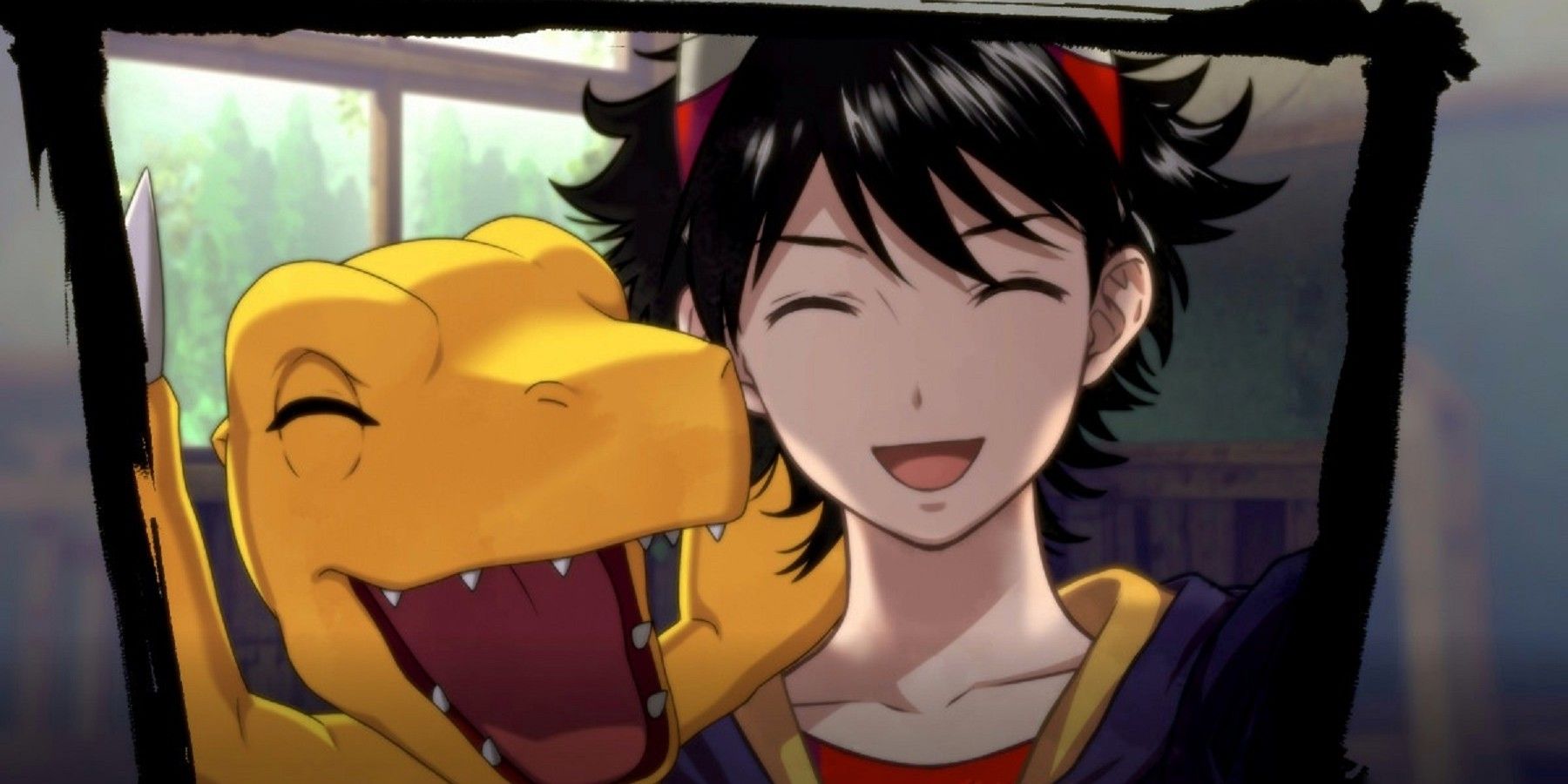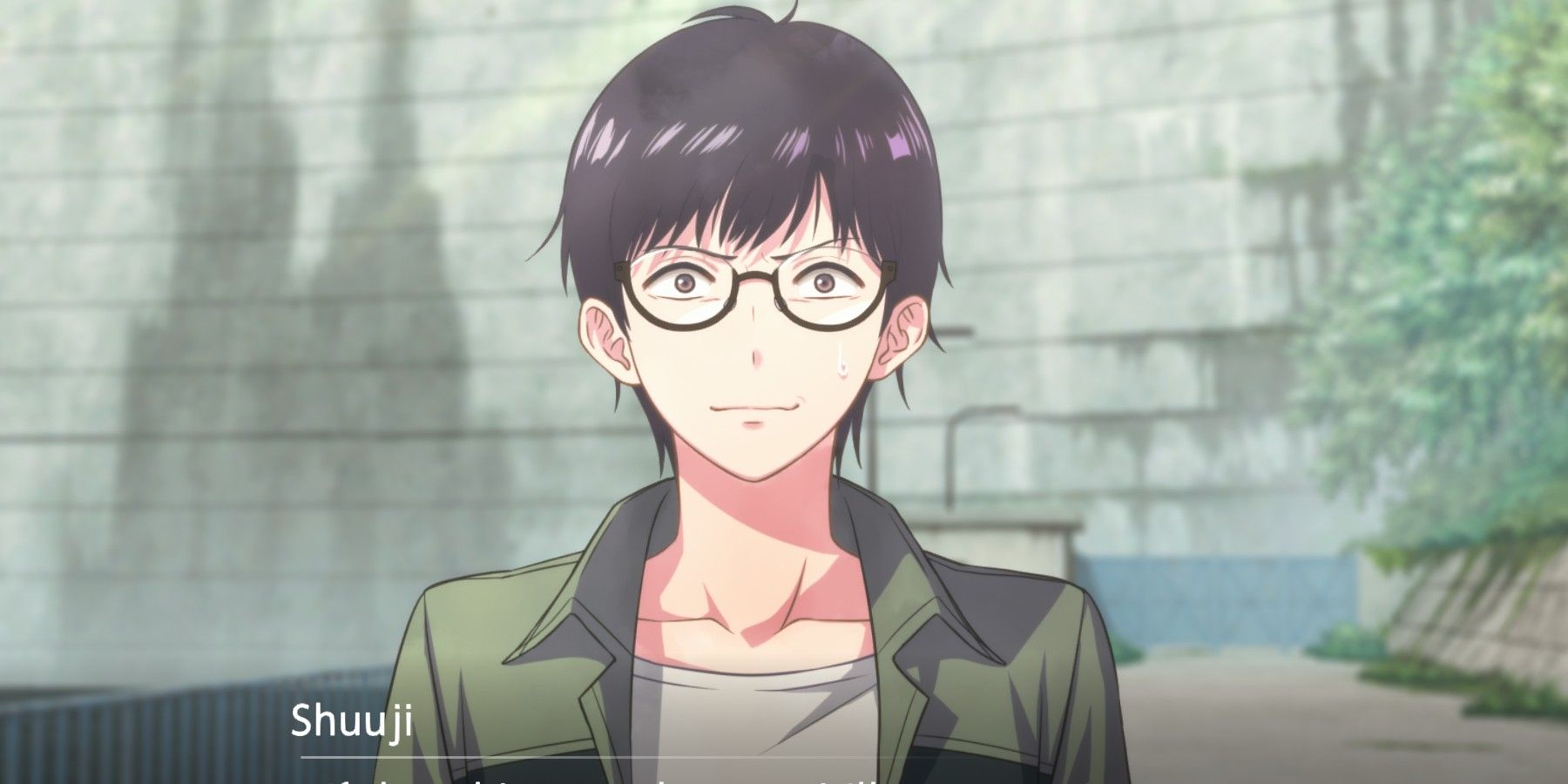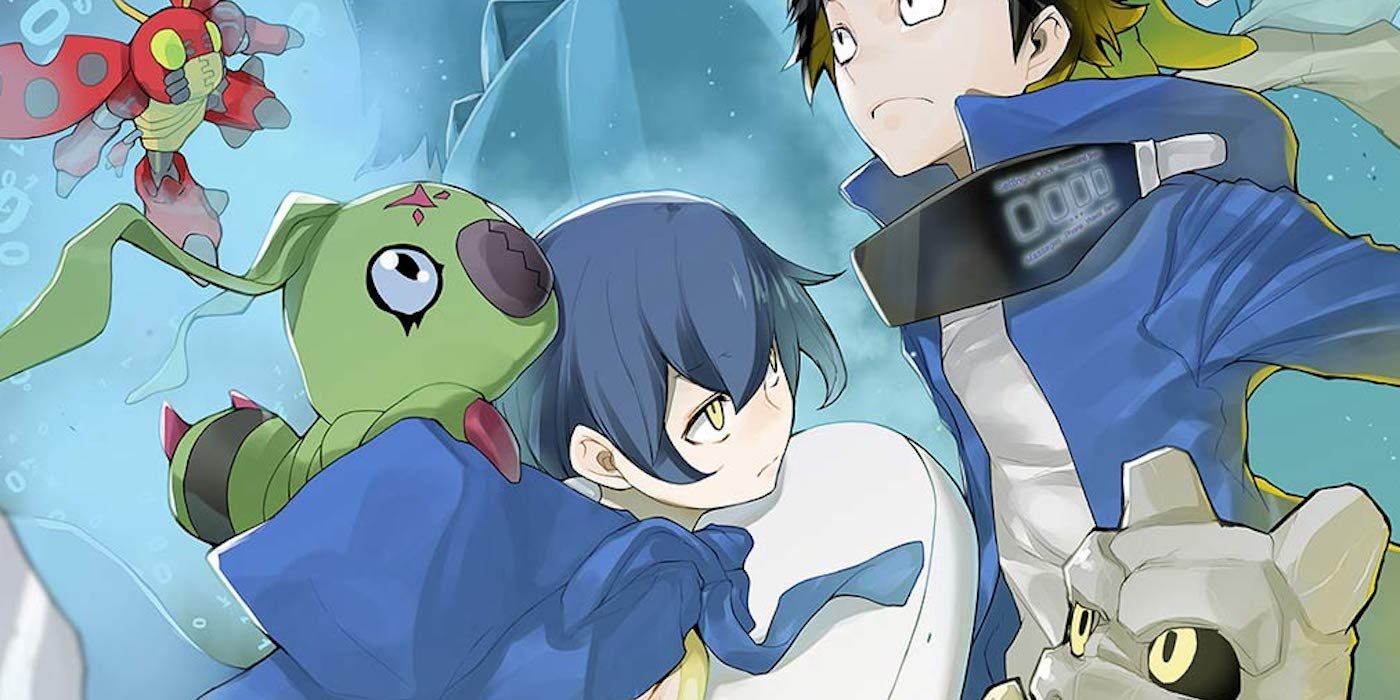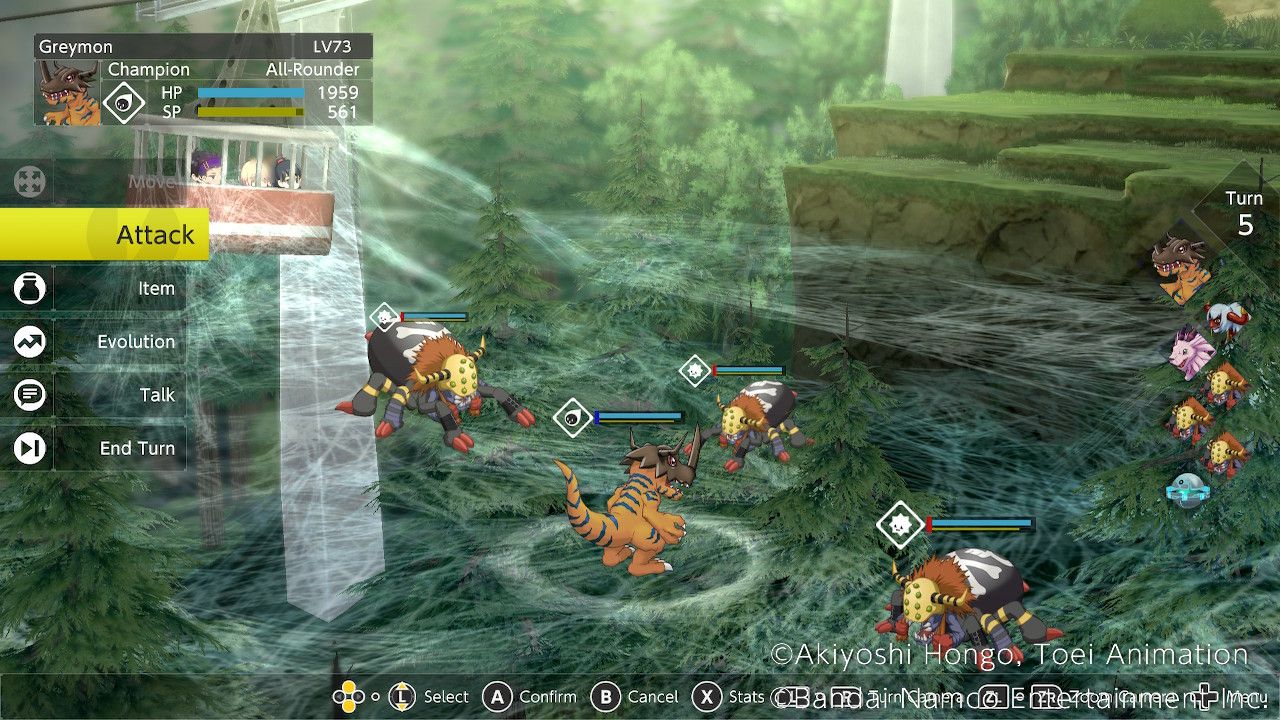The Digimon franchise is attempting to return to gaming relevance with the latest release from Hyde, Digimon Survive. Digimon has endured hard times in the past decade or two, and Digimon Survive is at the forefront of the charge to restore the franchise to its glory days of the early 2000s with the popular Digimon World titles. Digimon Survive has some foundation to build on, with Digimon Story: Cyber Sleuth receiving critical acclaim for its return to the original Digimon World gameplay that fans of the franchise had been clamoring for. As both games appear to step in the right direction for Digimon, Hyde could figure out how to improve features for new releases by comparing the strengths of the games.
Digimon Survive has a lot to be proud of, boasting a plot that is both deliciously deep and enjoyable while keeping players hooked with a mix of consistent action and moments of human empathy. However, like every game ever released, Digimon Survive could do with a few adjustments to become better. Gamers have highlighted storyline pacing issues and the unsatisfying combat system as the main problems of the game, but rate it pretty high due to its impressive character-building. Digimon Story: Cyber Sleuth faced similar problems, although it tried to correct some wrongs by combining with the later release of the sequel, Hacker's Memory, to form the Digimon Story Cyber Sleuth: Complete Edition. The complete edition fared far better than the original in the eyes of players and critics alike.
The Dark Plots of the Digimon Franchise
Digimon Survive took a bold step off a dark cliff that shocked most Digimon fans. The storylines behind some of the characters were so depressing and heartbreaking that forums got created online to discuss the bad behavior of certain characters like Shuuji. While Digimon fans were accustomed to dark themes in the series plots, the abuse featured in Digimon Survive - both physical and verbal - coupled with psychotic episodes and particularly gory deaths proved a little too much for the average gamer to handle. Considering the light-hearted, cute Digimon that make up the game's world, the story can be quite the shocker for any new fans of the Digimon franchise.
Gamers are not entirely blameless in the storyline, as the choice-based gaming system ensured that only ill-developed relationships with Digimon ended in tragedy. The Digimon in Digimon Survive are so well-detailed they feel like members of the cast in their own right, not just supporting partners to the human characters. Each Digimon has a unique backstory and personality traits, often seen helping and encouraging their partners. Digimon Story: Cyber Sleuth favored a more demand-based approach, with Digimon only able to communicate through text messages. Digimon Story: Cyber Sleuth took gamers on a virtual journey to Cyberspace Eden, putting their avatars at the epicenter of an internet-based world.
Dialogue Could Use Some Reworking
The placement of Digimon in a different world from the anime series is consistent with other Digimon games like Digimon World 3. In contrast to the thoroughly fleshed-out plot of Digimon Survive - which some say was too thorough and slow-paced - Digimon Story: Cyber Sleuth appeared to forget certain plot elements as the game progressed. Its internet hacking angle, although an intriguing one, doesn't contribute meaningfully to the story. Considering the amount of groundwork Digimon Story: Cyber Sleuth put into the world-building, such halfhearted story development feels almost doubly disappointing.
Digimon Survive and Digimon Story: Cyber Sleuth share a common flaw in this department - the tediousness of their dialogue. The cast of Digimon Story: Cyber Sleuth ate up ridiculously lengthy amounts of screen time with just conversations. Some dialogue between characters even appears random, not having any significance to the situation shown in the game. Digimon Survive slightly improved on this issue, but the length of uninterrupted dialogue featured in the first few hours of gameplay was a mild source of irritation to gamers, to put it kindly. Digimon Survive found more of a balance between the visual novel and gameplay components as the game progressed, but the continued dialogue of the opening act was almost a turnoff.
Battle Design Problems and Replay Value
A well-noted problem with Digimon Survive is the quality of its graphics. While the storytelling sections feature a crisp anime art style, the tactical gameplay leaves much to be desired with its low resolution and simplified character models. It is common knowledge that Digimon Survive is a visual novel first and a tactical RPG second. However, a design problem like this makes the fighting scenes feel like an afterthought, and a JRPG needs to maintain a good balance. Digimon Story: Cyber Sleuth had a better time developing their combat graphics, and it comfortably beats out the Battle UI of Digimon Survive, despite being about seven years older.
Digimon Survive holds more replay value when compared to Digimon Story: Cyber Sleuth, offering several endings to the game due to its focus on being a visual novel. The player's choices directly influence every ending, so when completed, gamers can restart Digimon Survive and choose different dialogues to witness a different ending. Digimon Story: Cyber Sleuth was one-dimensional in comparison, as just about everything in the game could be completed in a single playthrough, making it almost too easy for completionists. Both games offer unique perspectives into the world of Digimon, and judging from the mixed ratings of Digimon Survive, the franchise could use some work to truly bounce back from its lows.
Digimon Survive is available on PC, PS4, PS5, Switch, Xbox One, and Xbox Series X/S.

